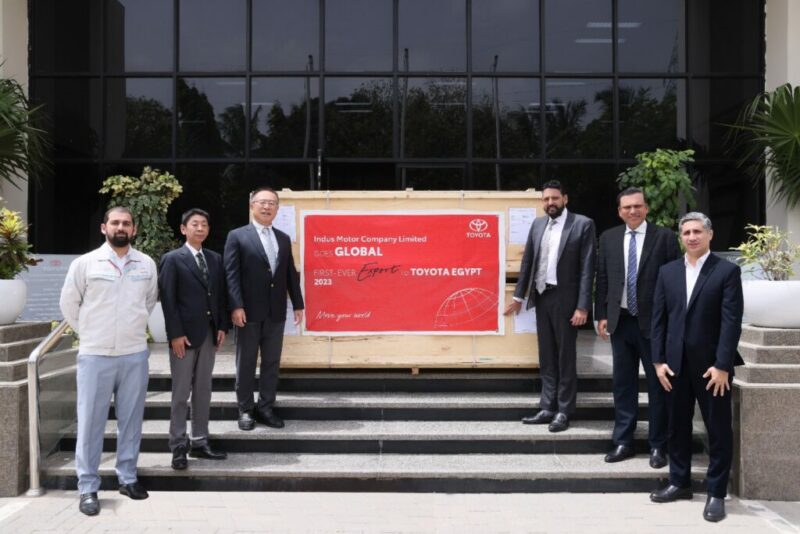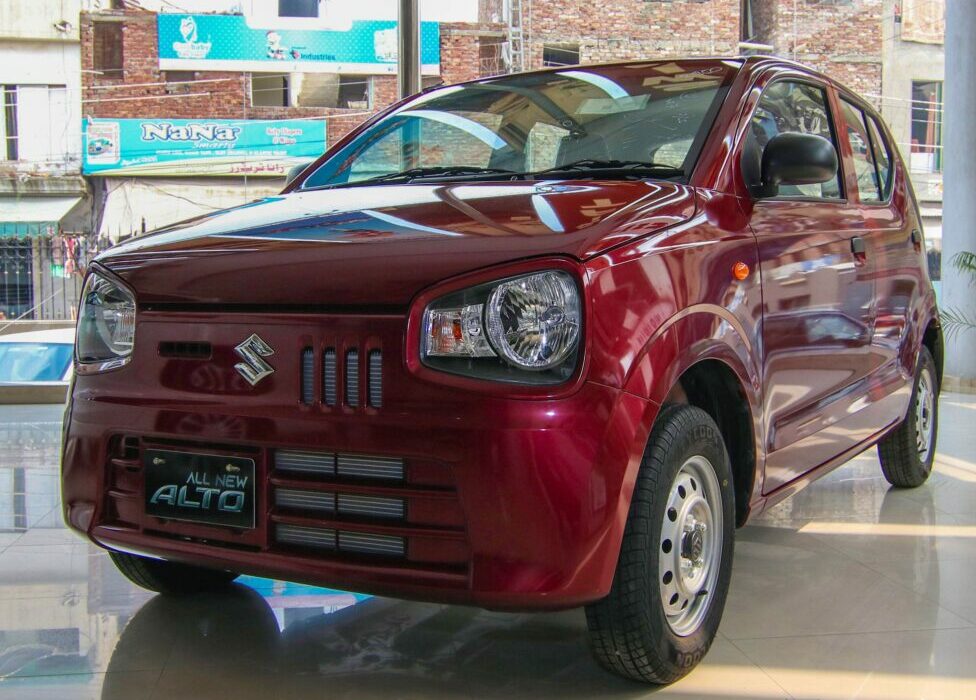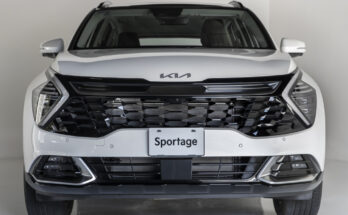Last month, Nissan said it is examining the prospect of exporting vehicles produced in China to other parts of the world due to sluggish sales of its cars in the Chinese market.
This is no rocket science, but rather common sense, as the Japanese automaker wants to make use of the large production capacity of its Chinese plant, where sales fell 46% year on year. Besides, one of the primary ways that businesses generate revenue is through exports.
Related: Not the Ideal Start to New Fiscal Year for Local Assemblers
The situation of local auto assemblers in Pakistan is not too different from that of Nissan in China. In FY23, the auto industry alone suffered from a 55% decline in sales while some key players even witnessed a deplorable 65% plunge. Because of dwindling consumer demand, skyrocketing car prices, and reduced purchasing power of the masses, the assemblers have continued to observe a series of non-production days (NPDs). And more worryingly, there is no end to the current crisis in sight.

Despite the fact that industry analysts suggest the local auto industry to concentrate on creating some sort of export business for long-term sustainability, the current situation doesn’t really paint a doable picture for the local assemblers considering the fact that assemblers have never genuinely tried to tap the export route, since their inception in our country.
Related: Non-Production Days and Insufficient Localization
That’s simply because more than 70% of new cars sold in Pakistan are globally obsolete models that have long been discontinued globally. Hence such vehicles or their parts & components cannot be exported to any region of the world. Toyota Corolla & Yaris, Honda City & BR-V, Kia Picanto, Sportage & Sorento, Suzuki Wagon R, Bolan, Ravi, and Hyundai Elantra & Tucson are just some of the names of globally retired models on sale in Pakistan.

Aside from the obsolete factor, most global markets have much higher quality, emissions, and safety standards than Pakistan. With the inferior quality and feature-ripped vehicles assembled & sold here, it’s not too difficult to see why they can’t be exported to other parts of the world, let alone African countries.

A few months ago, Indus Motor Company (IMC) celebrated signing an agreement with Toyota Egypt to export “top-notch” car parts, as mentioned in their press release. According to IMC its first shipment of semi-processed raw materials to Toyota Egypt represents a critical turning point for OEMs in Pakistan’s export environment. However later it was found that the said “semi-processed raw material” was actually “floor carpets” made for the Toyota Fortuner and were not produced by IMC but by a local vendor named Procon Engineering.
Related: Can We Settle the Localization Debate With This?
Aside from these fruitless examples, there is essentially no concrete evidence of any genuine vehicle exporting exercise carried out by local assemblers over the course of 30 years. Exports offer the most straightforward means of survival in light of sluggish local market demand. Unfortunately, local automakers are in such dire straits that they are unable to even take advantage of the export route. Nobody knows how long the assemblers will be able to survive in this difficult situation, given the sheer lack of consumer demand and recurring NPDs.

A computer animation professional with over 23 years of industry experience having served in leading organizations, TV channels & production facilities in Pakistan. An avid car enthusiast and petrolhead with an affection to deliver quality content to help shape opinions. Formerly written for PakWheels as well as major publications including Dawn. Founder of CarSpiritPK.com




